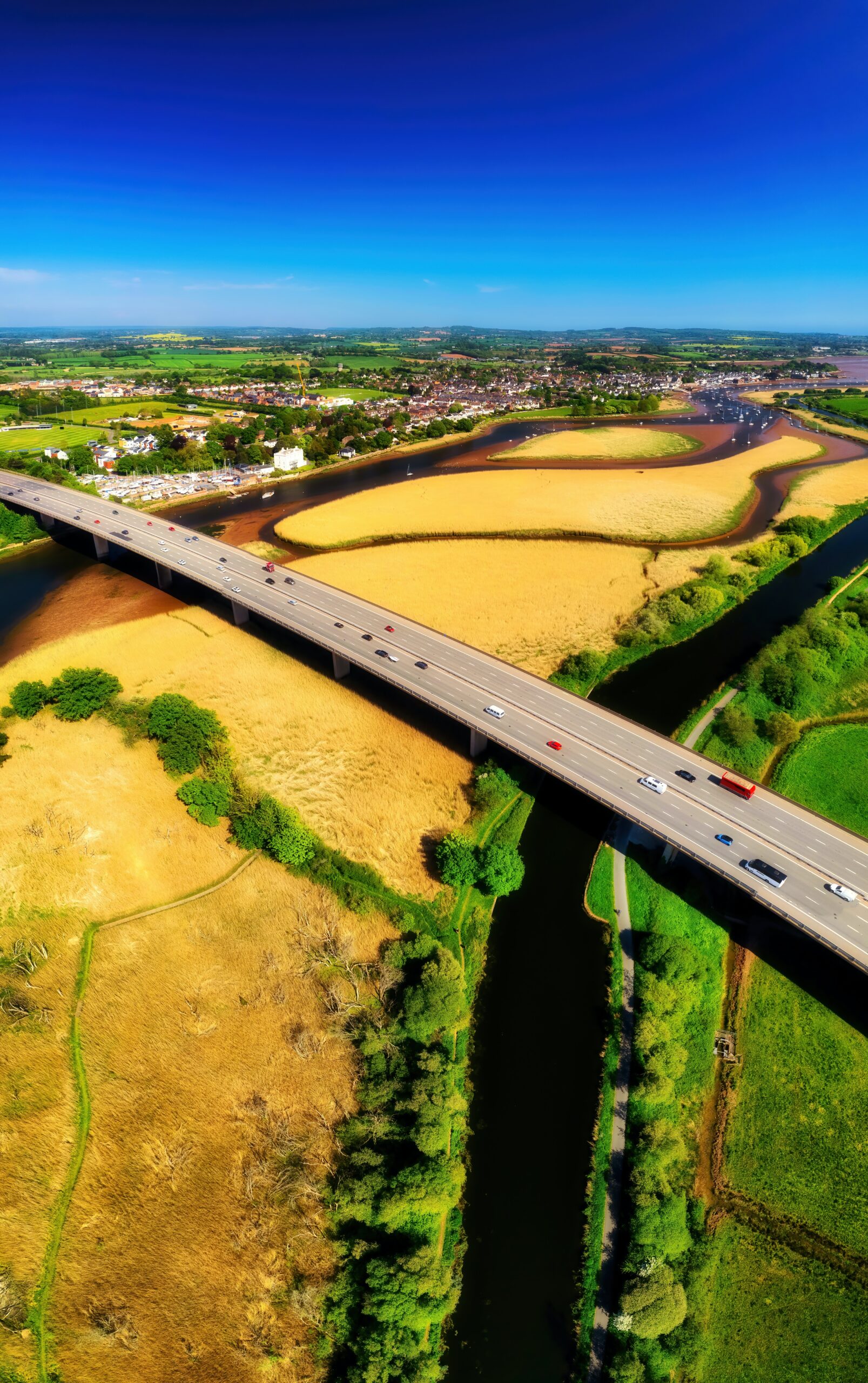Several approaches are proposed to mitigate Climate Change. Increasing environment friendly actions and investment, reducing fossil fuel consumption, manufacturing low carbon items, and even changing one’s diet are prescribed…and the list goes on.
A comparatively larger, macro scale approach to mitigate climate change is achieving “Net Zero.”
According to the UN, “..net zero means cutting greenhouse gas emissions to as close to zero as possible, with any remaining emissions re-absorbed from the atmosphere, by oceans and forests for instance..”
Net Zero is not a fast food takeaway type approach in climate change (‘reduce your consumption’)… It is so much more ‘macro’ in nature that it can be described as a food factory of its own!
“The energy sector is the source of around three-quarters of greenhouse gas emissions today and holds the key to averting the worst effects of climate change…” – www.un.org/en/climatechange/net-zero-coalition
Within a short period of time since its first introduction, Net Zero has found global level adoption. Year 2050 is the target year to achieve it globally (though some major economies driven by fossil fuel have declared 2060 to be their deadline).
In such a background, the number of countries that enshrined this target into law has climbed to 13. Three countries even target it at 2045. Russia ‘legalized’ it but with a target year of 2060.
Some other countries, without committing to a legal requirement, adapted it as a national policy document (after making a prior declaration), and Sri Lanka is one among 31 such countries.
Many more countries are now at discussion stage to pledge it.
Though the concept of Net Zero began to be talked of in 2009 but without the term “Net Zero”, not until 2014 that it was articulated as a level to be achieved. The then World Bank Group President Jim Yong Kim in a Q&A on Climate Change Solution, responded: “In a year’s time, the international community will have the opportunity to send a clear signal that we, as a global community, are determined to manage our economies to achieve zero net emissions before the year 2100. Every country finds itself at a different point in the development journey.”
Thereafter in 2017, a milestone was achieved when Sweden became the first nation to enshrine a net zero target into law (for Y2045). Thereafter in 2020 China pledged to achieve carbon neutrality before 2060.China’s pledge is not binding. Still, it is very significant since it is the largest greenhouse emitter globally. This significantly advances the global efforts to achieve Net Zero.
In a short period of 13 years, Net Zero has been accepted by more than half the global population.
“As of December 2020, over two thirds of the world’s GDP was being generated in places with actual or intended “net zero by 2050” targets, covering over half of the world’s population and emissions..”- Take urgent action to combat climate change and its impacts- unstats.un.org
When understanding Net Zero, it is always easy to confuse it with Carbon Neutrality. Many corporates have embarked on Carbon Neutrality due to its business significance and PR value. Carbon neutrality happens when the carbon Dioxide released by the organization’s activities into the environment “is balanced” by a similar amount being removed from the environment.
Net Zero, in its very definition, includes Carbon Neutrality. Net Zero is also a much larger ‘application’ and it executes Carbon Neutrality as a sub-routine.




